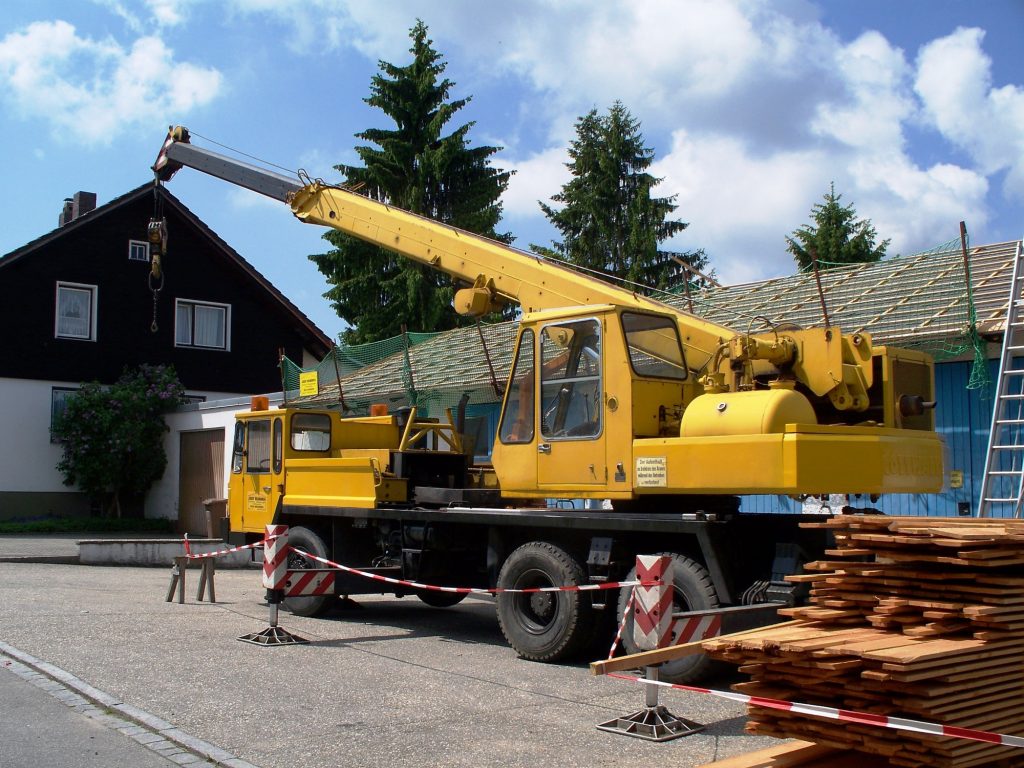While the number of different types of cranes used in house construction varies greatly from country to country, the basic requirements for these machines are similar. The cranes must be able to lift a moderate load (for example, roof tiles or pallets of bricks) at a reasonable height, and have a sufficient boom reach. They must also be easy to set up and dismantle, and their weight and footprint must be compact.
Telescoping and articulating cranes are two common types. While they are less versatile than articulating cranes, they are ideal for moving heavier objects to higher locations. Telescoping cranes are also used for house construction. They are capable of lifting much larger objects than articulating cranes. While telescoping and articulating cranes are used for house construction, the latter is best for heavy equipment and highway work.

The steel that makes up a crane is made of carbon and iron. It is usually formed into long, flat, and heavy tubes using various metalworking equipment. These machines may also contain copper, silicon, or germanium. They may also use other materials, such as ceramics and strong plastics. The cranes are also designed to withstand the weight of a person lifting them. Cranes are incredibly useful in the construction industry, and they can even save lives.
Another use for cranes is in commercial construction. Commercial buildings typically have larger dimensions than residential homes, and construction projects often need to reach higher levels. Cranes can help with these projects by allowing crews to quickly and easily move steel beams and roof trusses. In addition, they can move large pieces of electrical and HVAC equipment, which helps speed up the building process. It is also easier to use for the crews, requiring only one operator.
Another important part of a crane is the lifting line. The lifting line is a steel cable that runs from the crane to the site. This cable is a strong, durable material that helps the crane lift the load and prevent it from tipping over. Modern steel wires are highly reinforced and have incredibly high breaking points, so they can handle the weight of a large load. These cranes can even lift a house.
These cranes are operated by an operator on a high platform. The operator is in constant communication with the job site through a radio. They work together with a team of workers, called riggers, who make sure that the loads are safely affixed and moved. They access the cab by climbing the tower. It is affixed to a concrete pad, which provides stability. Its lift can reach up to 80 meters if it is attached to a building.
The origin of cranes dates back to the time of the Greeks. As early as 500 B.C., they were used in the construction of Greek temples. Some researchers have even dated the crane’s use to as early as 650 BC. This makes the device particularly suited for house construction. This modern-day tool has many applications in house construction. But the most common uses are in the home and garden.
